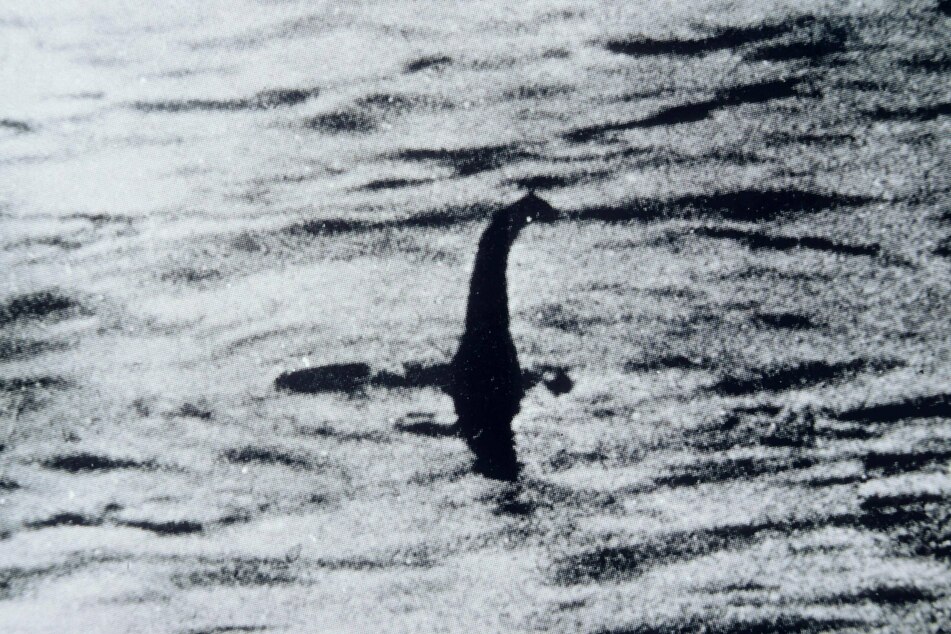Loch Ness Monster theory gets a boost from new research
Portsmouth, UK - There are plenty of reasons to doubt the existence of the mythical Loch Ness Monster, but at least one of them has been struck off the list by a recently published scientific study.

For those who prefer their belief in Nessie to be at least partly grounded in a natural explanation, the theory that Scotland's famous myth is actually a marine dinosaur called a plesiosaur has been particularly attractive.
However, aside from the impossibility of a long-extinct creature swimming around in the Scottish Highlands, doubters have always pointed to one other problem: plesiosaurs lived in saltwater, while Loch Ness is a freshwater lake.
That understanding has now changed, thanks to a team of researchers from the University of Bath and the University of Portsmouth in the UK, as well as Morocco's Université Hassan II. Their paper, published in the scientific journal Cretaceous Research, shows that the giant, long-necked reptiles could have thrived in freshwater environments.
Fossils discovered in the Sahara Desert, in what was once a river system, prove that plesiosaurs "could have been infrequent visitors from the sea, freshwater-tolerant, or even freshwater-adapted, as in modern river dolphins," according to the authors.
While the scientists aren't necessarily interested in the implications for Nessie, the University of Bath certainly is. The statement published on its website specifically addresses the hypothesis that there's a dinosaur hiding in Loch Ness: "On one level, it’s plausible. Plesiosaurs weren’t confined to the seas, they did inhabit freshwater."
On the other had, the press release does dryly point out that the little matter of plesiosaurs having died out 66 million years ago makes it all pretty improbable.
Cover photo: IMAGO / imagebroker